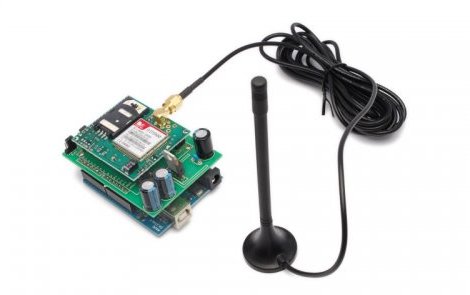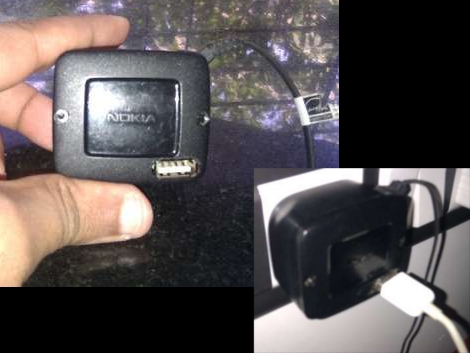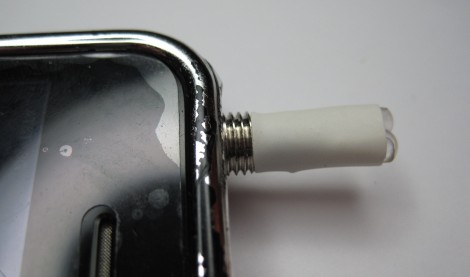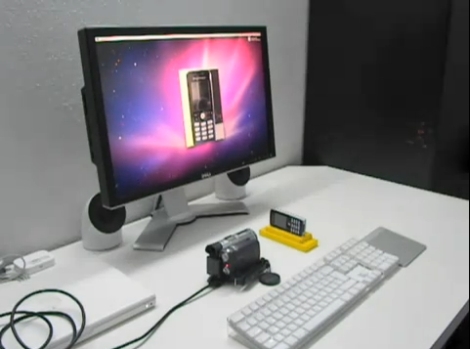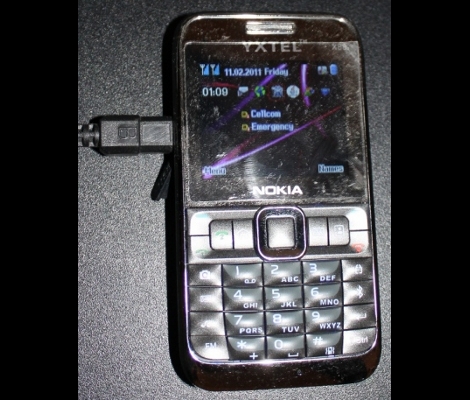
[GuySoft] threw together a cellphone-based SMS gateway that allows him to push text messages to Twitter. Once up and running, it can be used by multiple people, either with shared or individual Twitter accounts. At its core, this setup uses the cellphone as a tethered modem on a Linux box. The open source software package, Gammu SMSD, provides hardware hooks for phones running in modem mode. The package is already in the Ubuntu repositories but it runs cross-platform and can be downloaded from the project site. This gave [GuySoft] the ability to script a framework that checks for received SMS messages, compares the incoming phone number for a match on a saved list, then pushes the message from a confirmed number to Twitter via their API.
A web interface is used to register new numbers and associate them with Twitter accounts. On the back-end, [GuySoft’s] own Python script handles the translation of the message. You can download all of the code, and get more insight on setup from the readme file, over at the GitHub repository.

